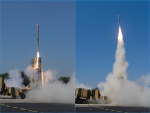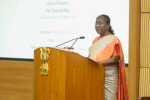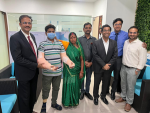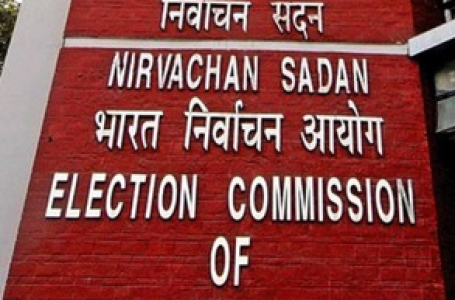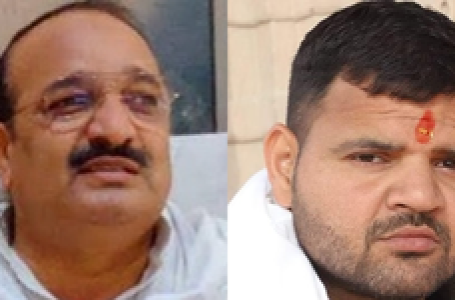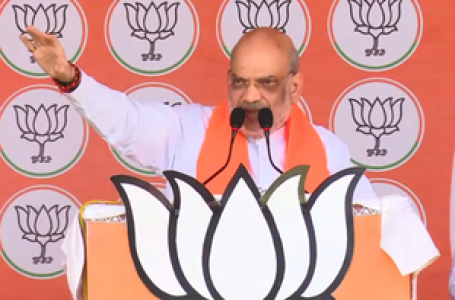By Venkatachari Jagannathan
Nov 27, 2019
Sriharikota (Andhra Pradesh): India on Wednesday successfully placed into orbit its own earth observation satellite Cartosat-3 and 13 American nano satellites in a text book style.
In the process, India crossed the milestone of putting into orbit 300 foreign satellites. By putting the 13 American nano satellites into orbit, India till date has launched a total of 310 foreign satellites for a fee.
Meanwhile, Cartosat-3, India’s new earth observation satellite up in the sky will send sharp clarity images for urban planning, rural resource and infrastructure development, coastal land use and land cover and also for strategic/defence purposes.
The Indian space agency officials said they would supply the required images for various agencies. It is for the user agency to decide on the image use.
The images captured by the satellite can also be used for surveillance purposes while ISRO is silent on this aspect.
The satellitea¿s payload has the capability of take sharp pictures with a ground resolution of 0.25 metre in Panchromatic and 1metre ground resolution or ground sample distance (GSD) in 4 Band Multispectral modes with a swath of 16 km, said ISRO.
The Indian space agency also said, Cartosat-3 has many new technologies/elements like highly agile structural platform, payload platform, higher rate data handling and transmission systems, advanced onboard computer and new power electronics, dual gimbal antenna and others.
“Extremely happy to declare PSLV-C47 precisely injected Cartosat-3 and 13 customer satellites in their desired orbit. Cartosat-3 is India’s highest resolution civilian spacecraft that ISRO has built so far,” ISRO Chairman K. Sivan said.
He said ISRO has planned 13 missions during this fiscal — six launch vehicle missions and 7 satellite missions before March 2020.
At about 9.28 a.m. the rocket Polar Satellite Launch Vehicle-XL (PSLV-XL) standing around 44.4 metres tall and weighing about 320 ton with a one-way ticket hurtled itself towards the skies ferrying Cartosat-3.
Sharing the ride with Cartosat-3 were 13 nano satellites from the USA for an undisclosed fee to be paid to NewSpace India Ltd — the new commercial arm of ISRO.
With the fierce orange flame at its tail further brightening up the morning skies, the rocket slowly gathered speed and went up and up enthralling the people at the rocket port while the rocket’s engine noise like a rolling thunder adding to the thrill.
About 17 minutes into the flight the rocket ejected Cartosat-3 into an orbit of 509 km at an inclination of 97.5 degrees.
Soon after, the first of the American nano satellites was put into orbit. The final nano satellite was ejected into its intended orbit at about 27 minutes from the rocket’s lift-off.
According to ISRO, 12 of the US nano satellites are named as FLOCK-4P are earth observation satellites and the 13th is called MESHBED, a communication test bed satellite.
The PSLV-XL is a four stage/engine expendable rocket powered by solid and liquid fuels alternatively. The rocket has six strap-on booster motors to give additional thrust during the initial flight stages.
The launch success comes as a soothing agent for ISRO after its high profile moon lander Vikram crashed into the lunar surface on September 7, 2019. IANS






